Best Budget Golf Drivers 2025
Buying one of the best budget golf drivers doesn't mean you'll lose out on performance

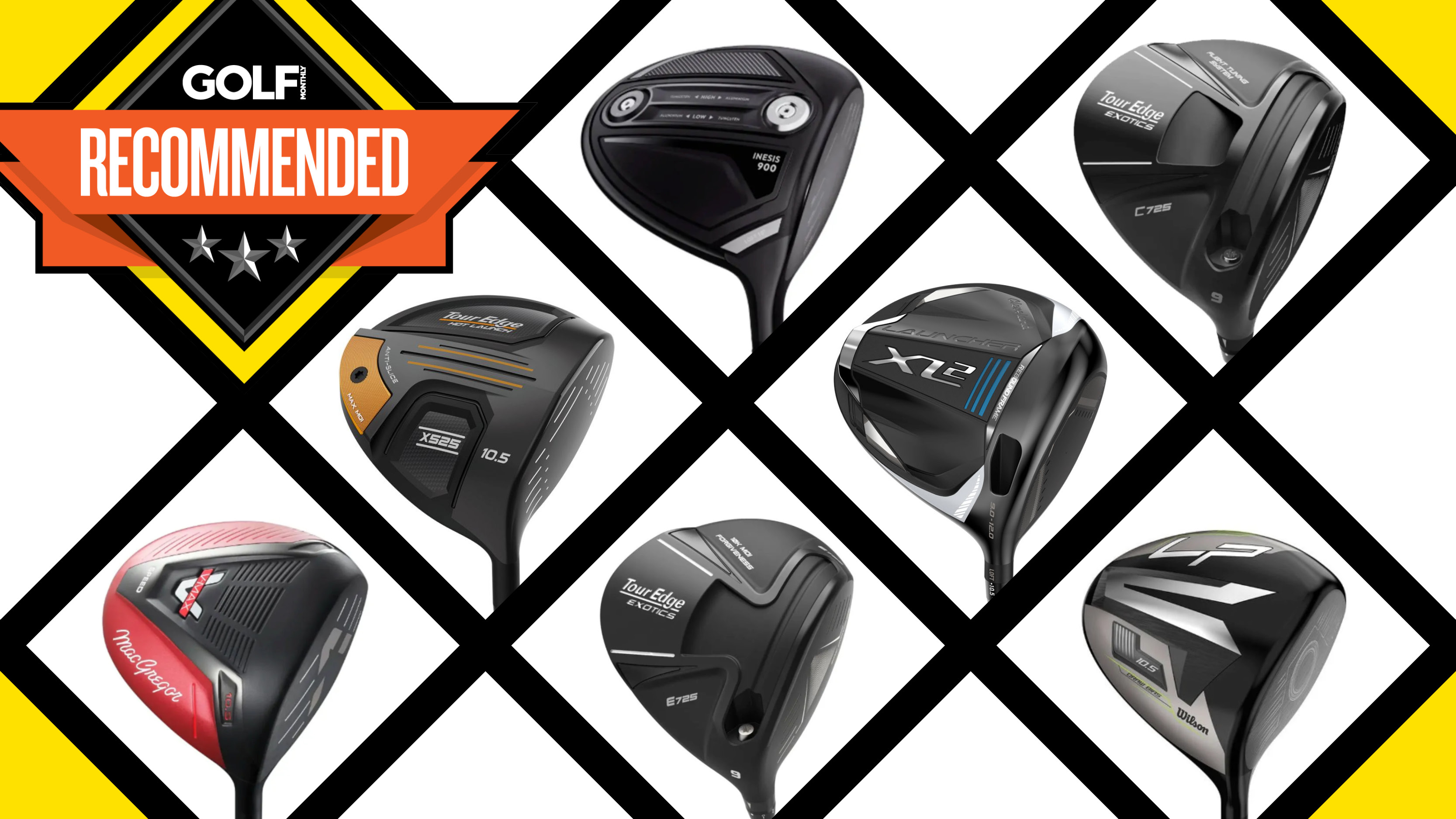
Typically the driver is the most expensive club in the bag and the price of premium big sticks continues to grow year by year. Certainly the best golf drivers are packed with technology and offer golfers more distance and greater forgiveness than ever before but are there cheaper alternatives that can still deliver the results we desire?
The answer is yes. While the best budget drivers might not always be ideally suited to the experienced golfer and low handicap players who are good enough to really benefit from all the details and incremental developments present in the latest ‘big name’ drivers, for newer players and higher handicappers they offer plenty of performance without breaking the bank - in fact, in many cases the difference between the ‘premium’ and ‘budget’ isn’t anywhere near as great as you might think and even better players can think about saving a couple of hundred dollars without it negatively impacting their numbers.
WATCH: Joe Ferguson tests and compares the leading drivers on the market in 2025
To demonstrate this we’ve tested a number of the best budget drivers currently on the market and have selected our favorites here. Just like their more expensive siblings we’ve assessed them for distance and forgiveness as well as details such as launch, ball flight, sound and feel, using the one of the best launch monitors to provide us with the data. The result is a selection of affordable drivers that are carefully reviewed and then rated. Now it’s just a case of reading on and finding the one that’s best suited for your game.
Finally if you are after something even more specific for your game though, check out our guides on the best drivers for slicers, best drivers for beginners or best drivers for seniors.
The Quick List
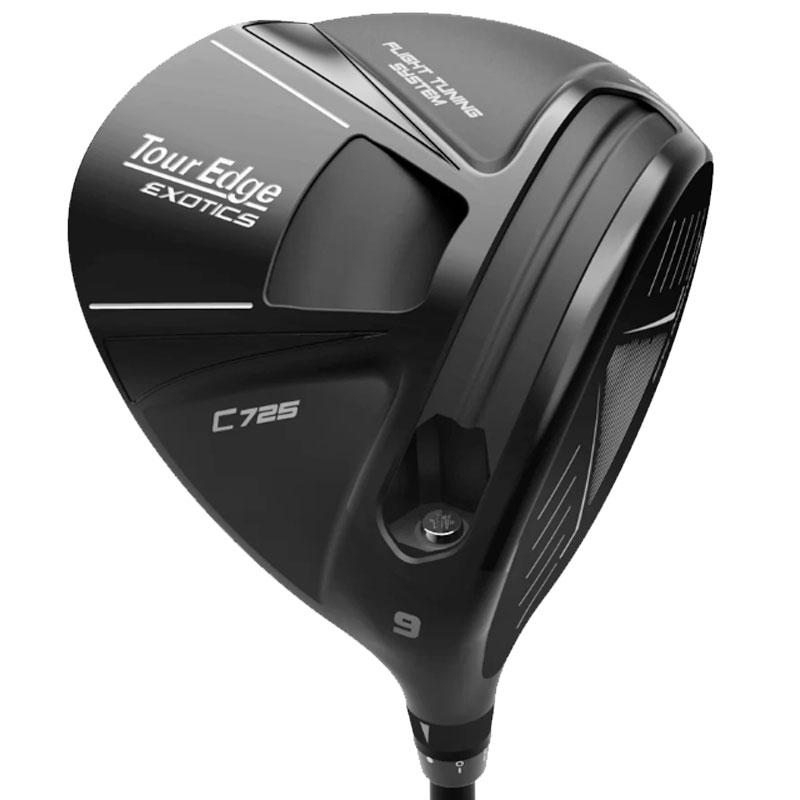
This is an excellent driver and the price makes it even more appealing. The combination of ball speed, adjustability, looks, and feel on offer here is fantastic.
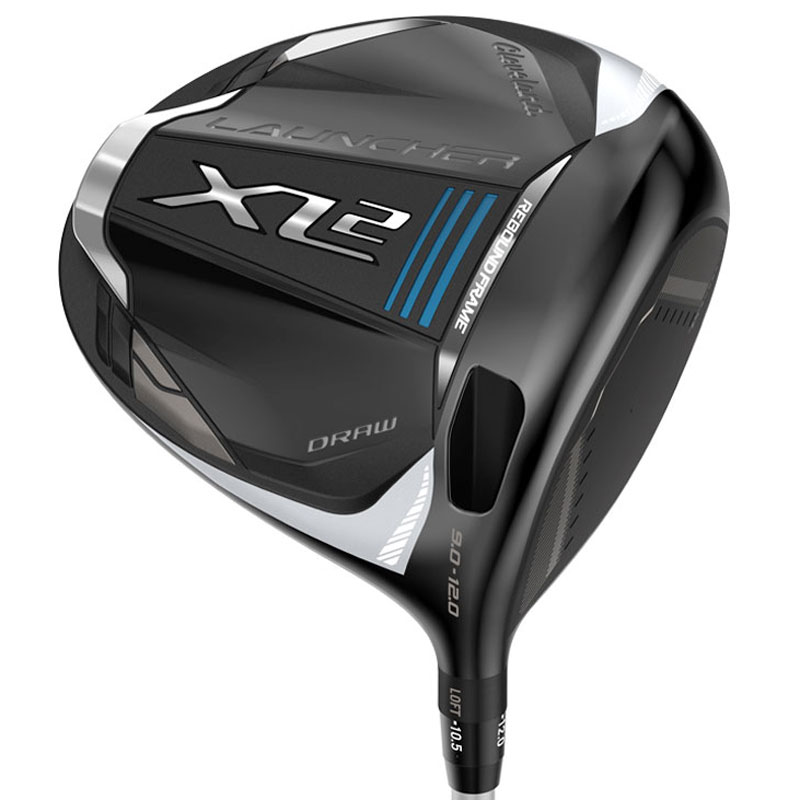
In a market where many prices are going up, the Launcher XL 2 Draw driver from Cleveland offers a more digestible price point, with good performance and a nice attention to detail in engineering.
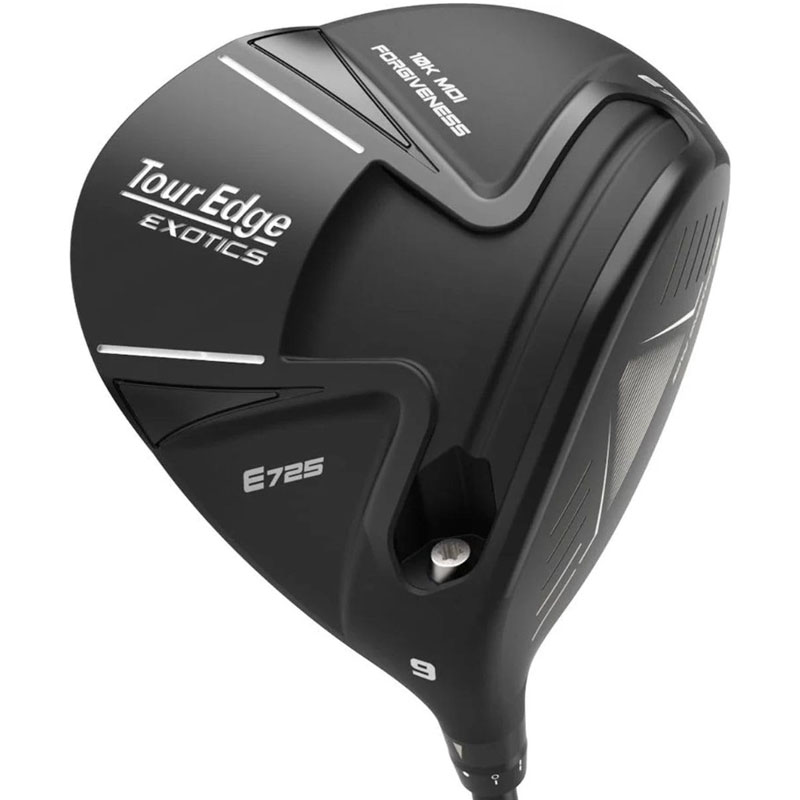
This is a very impressive driver from Tour Edge. Feel is exceptional, ball speed comparable and this E725 can compete with almost anything on the market in terms of forgiveness.
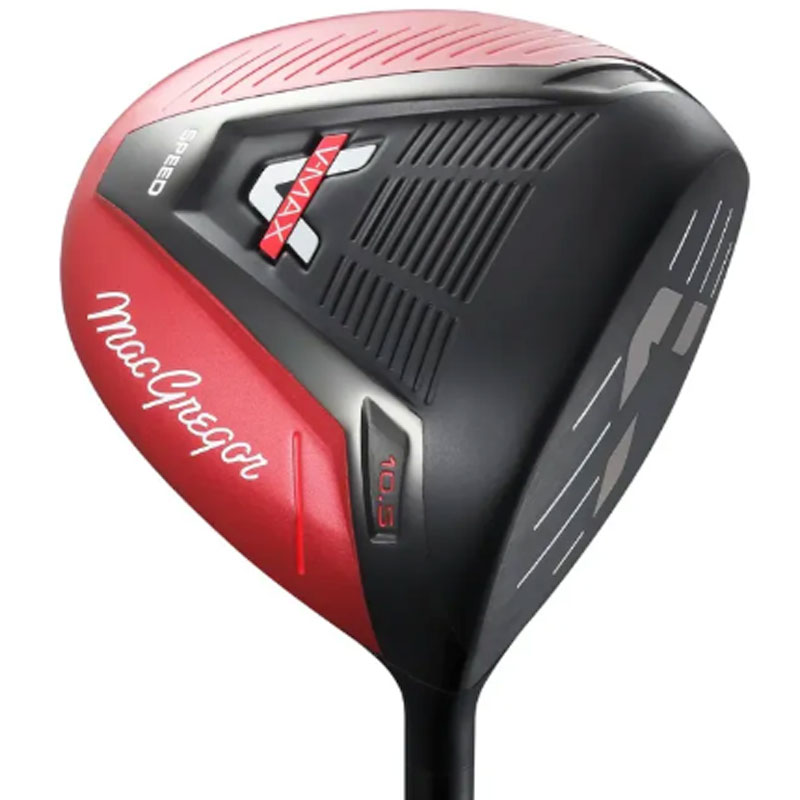
The MacGregor V-Max driver delivers an awful lot of performance for the price. The aesthetic will split opinion but in terms of value for money this is a tough driver to beat.
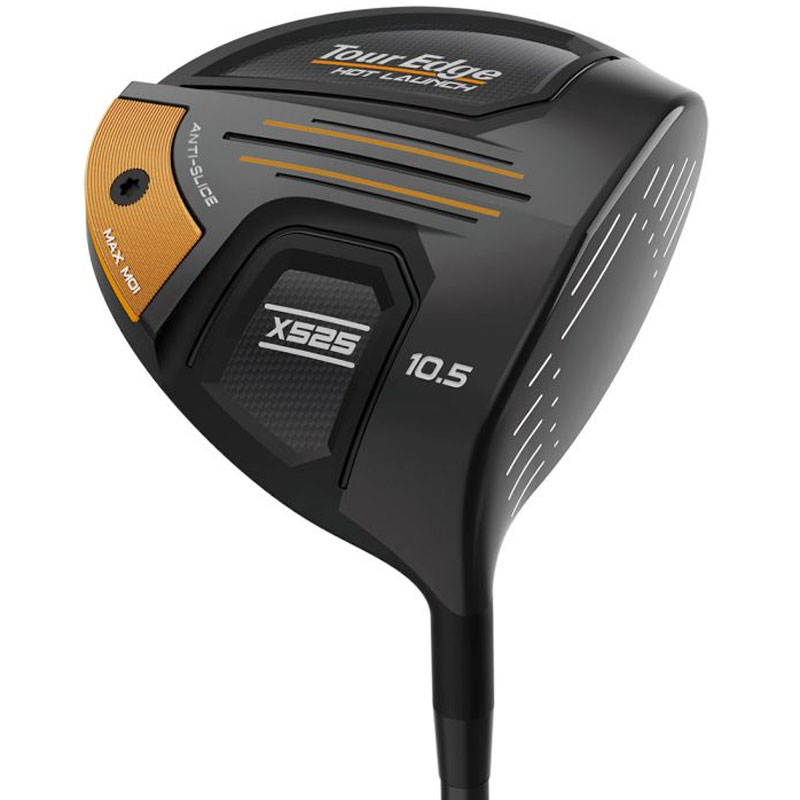
This driver delivers ease of use and slice combatting technology in bucket loads. The aesthetic in terms of the colorway is strong, although the heavy offset is an unusual visual to get used to.
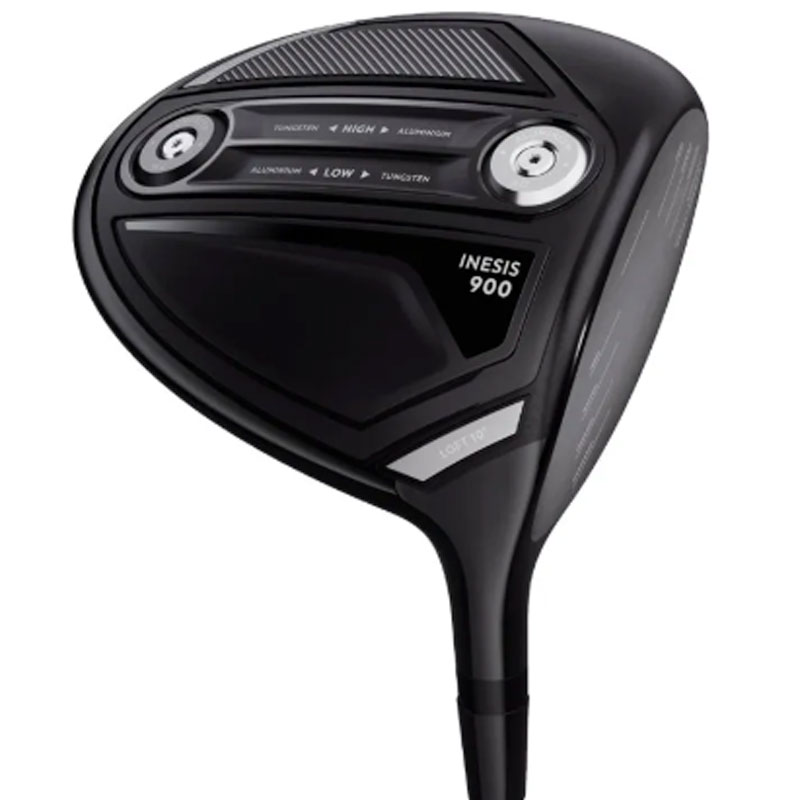
The Inesis 900 provides a powerful ball flight and high levels forgiveness, making this a very playable driver that will suit golfers of a wide range of skill levels.
Best Budget Golf Drivers
Top pick
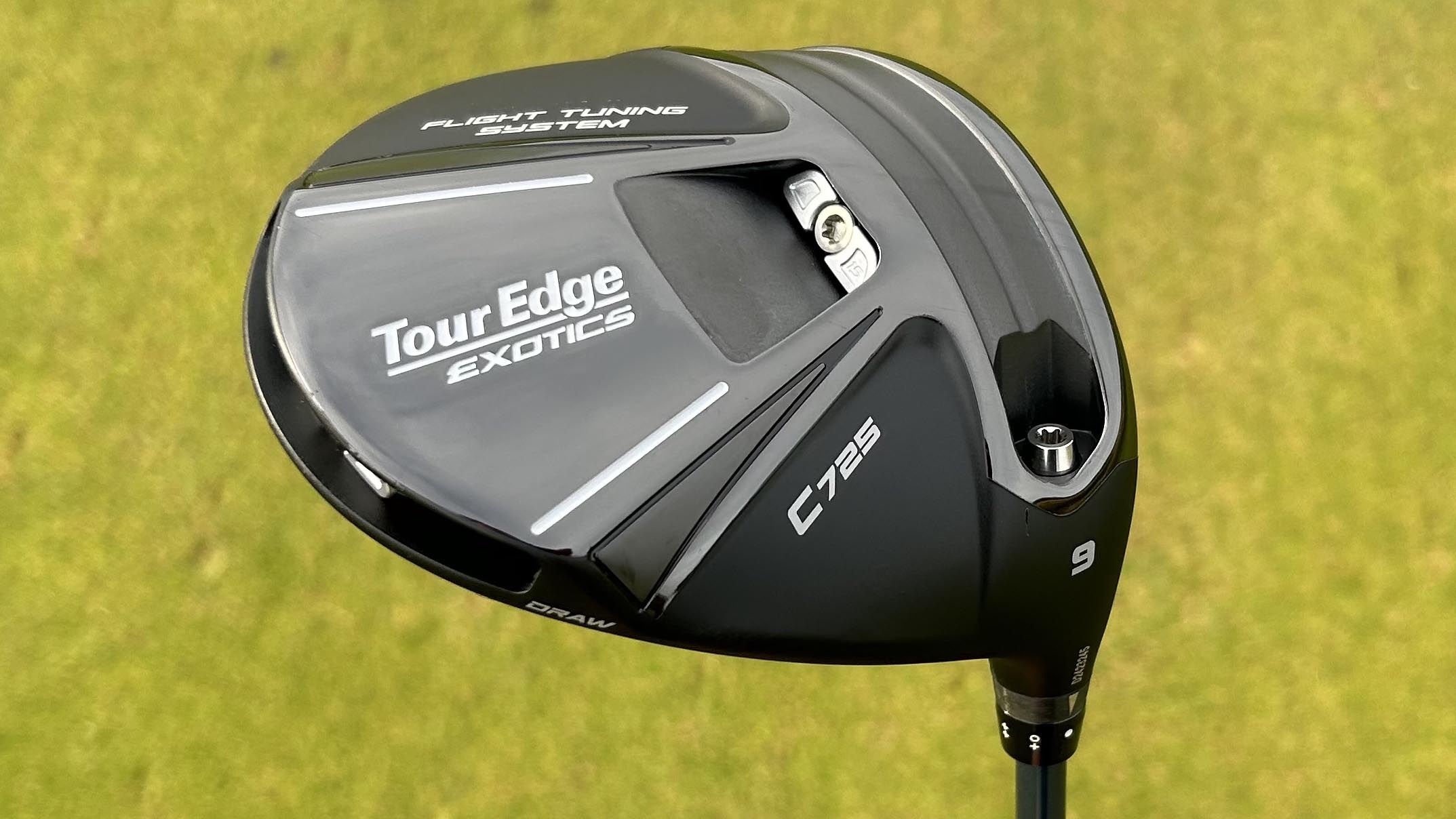
Specifications
Reasons to buy
Reasons to avoid
So what makes this our overall pick as the best budget driver?
First up is the way it looks. Remove the high quality head cover and you’re faced with a club that has all the hallmarks of a more expensive offering. The carbon fiber crown and matte black banner strip on the leading edge provide that premium aesthetic and ensure the Exotics C725 has bags of shelf appeal. AT address these details help to frame the ball nicely and combined with the rounded profile make for a great looking club that should provide the golfer with plenty of confidence.
But looks aren’t everything of course. And fortunately the Tour Edge’s performance is just as impressive. Best described as a low spin and low launch, we were surprised with just how well the numbers stacked up against more expensive drivers - ball speed and carry numbers, while not quite as high as the likes of the TaylorMade Qi35 or Callaway Elyte Triple Diamond, still made for good reading, all delivered with a consistent and penetrating ball flight.
Another plus is the lively feel off the face. We loved the blend of power and feedback that resulted in a really solid feeling at impact. Add in the adjustable hosel and you have a driver that plays as good as it looks, making it a great value option for a range of players.
- Read our full Tour Edge Exotics C725 Driver review
Best launch
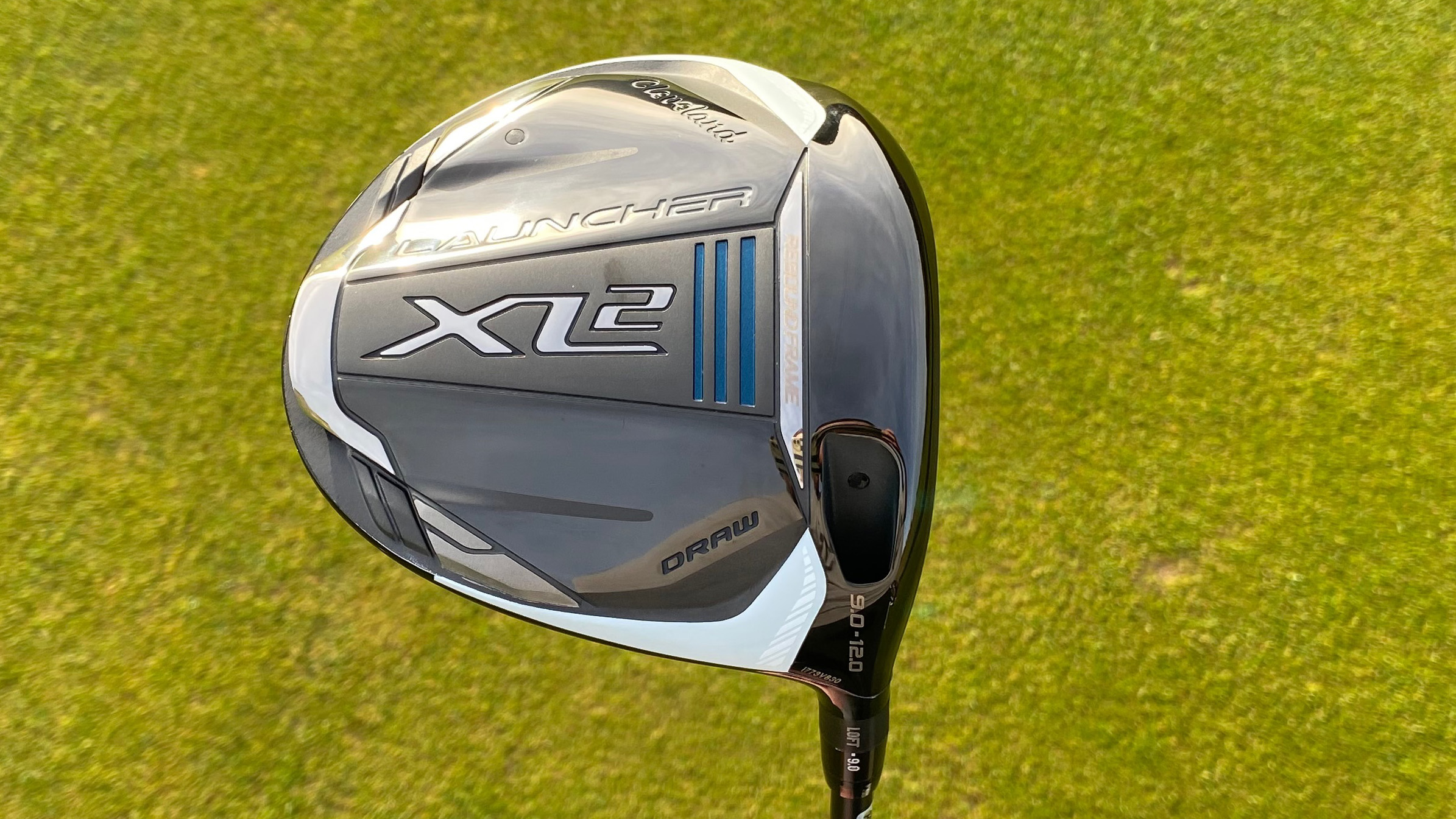
Specifications
Reasons to buy
Reasons to avoid
Launcher by name, launcher by nature. This is a driver that’s ideally suited to players with slower swing speeds who need a little help getting the ball in the air. It’s also a great fit for those who are prone to the distance-zapping slice off the tee, with its draw bias helping to stop the ball from curving violently to the right.
During our testing we were impressed with the high ball and clubhead speed the Launcher XL 2 Draw delivered. To help achieve this Cleveland has reduced the overall weight as well as doing some counterbalancing, and it works.
While the titanium head aids the above we did find that it resulted in a harsher feel and sound at impact; without the carbon featured in many of the premium drivers the dampening effect is somewhat limited. That said, that firmness does feel solid and powerful, which for golfers struggling with distance will likely be very welcome.
All-in-all, this can be considered one of the best golf drivers for mid handicappers who typically struggle with launch and a slice.
- Read our full Cleveland Launcher XL 2 Draw Driver Review
Best forgiveness
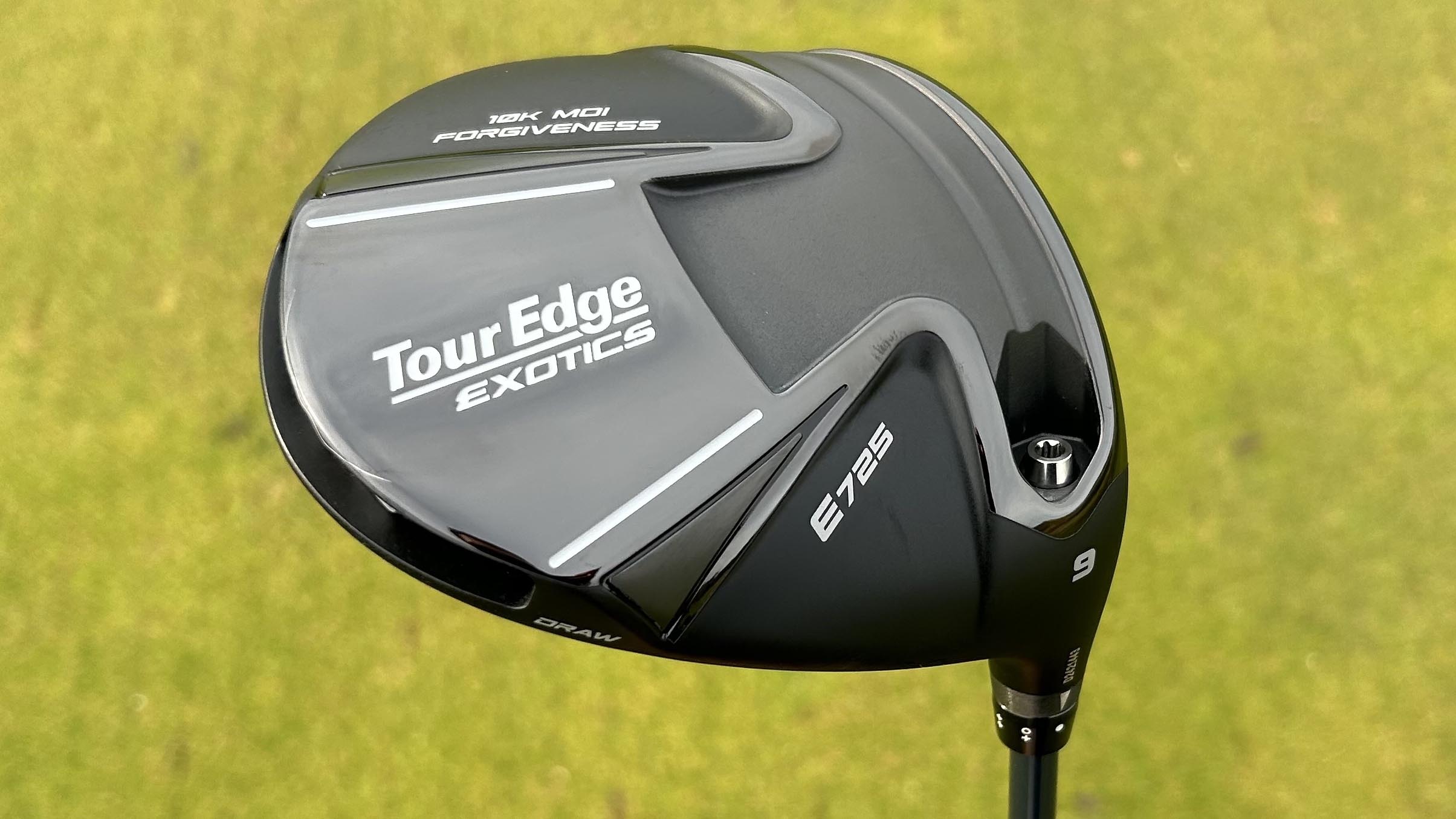
Specifications
Reasons to buy
Reasons to avoid
This is another premium looking offering from Tour Edge. Like the C725 it benefits from the aesthetically pleasing combination of a carbon crown and matte black strip, which adds bags of shelf appeal but more importantly looks great at address and, we found, helps with alignment. The pear-shaped head is also visually appealing.
But how does it play?
It’s designed to be the brand’s most forgiving driver and has its highest ever MOI to help achieve this. And it works. We found that when it came to forgiveness it rivalled some of its more expensive counterparts, including the highly-rated TaylorMade Qi35 Max. Like the Qi35 Max it delivers a tight dispersion rate and corrects toe and heel strikes with equal success.
Just as impressive is the feel at impact. It provided us with just the right amount of feedback with enough absorbance to prevent it from being harsh but still plenty lively, resulting in a powerful feel and sound.
If you suffer finding the middle of the face with regularity then the E725 will help iron out those poor strikes and help you find the fairway more often.
- Read our full Tour Edge Exotics E725 Driver Review
Best value
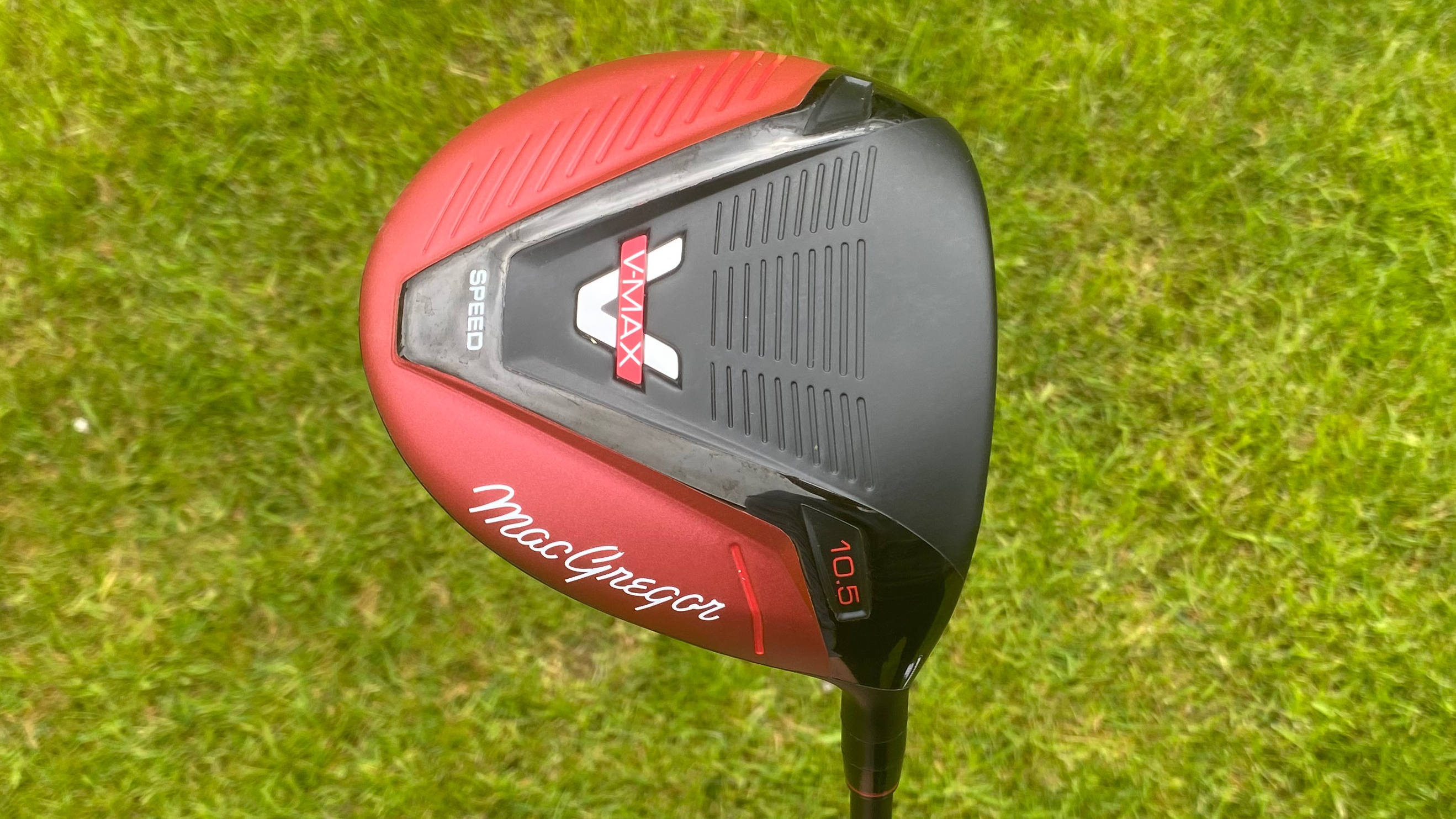
Specifications
Reasons to buy
Reasons to avoid
Even within the budget driver category there are variations in price. If you’re looking for great value then the V-Max from MacGregor gets our vote of confidence.
Designed to deliver distance and forgiveness it features a 460cc head with a regular flex graphite shaft; this is the only shaft option available and points to the club being aimed at golfers with slower swing speeds.
In practice it delivers. We found that it was easy to get the ball launching off the tee, and it did this with an impressively tight dispersion that points to it being best drivers for high handicappers. There isn’t an adjustable hosel or weighting so those looking for a draw bias driver might need to look elsewhere but in general the flight and forgiveness are likely to be just what its target audience are looking for.
As for its shelf appeal, it’s likely to divide opinion. The red and black colorway is certainly bold. That said, the head shape is pretty appealing at address, although we did find the top edge to lack the gentle curves that most of the premium drivers employ to great effect. We tested the 10.5 degree model and this amount of visible loft will always help with confidence. Easy to square up and align, it’s a package that will help higher handicappers before they hit the ball.
- Read our full MacGregor V-Max Driver Review
Best for slicers
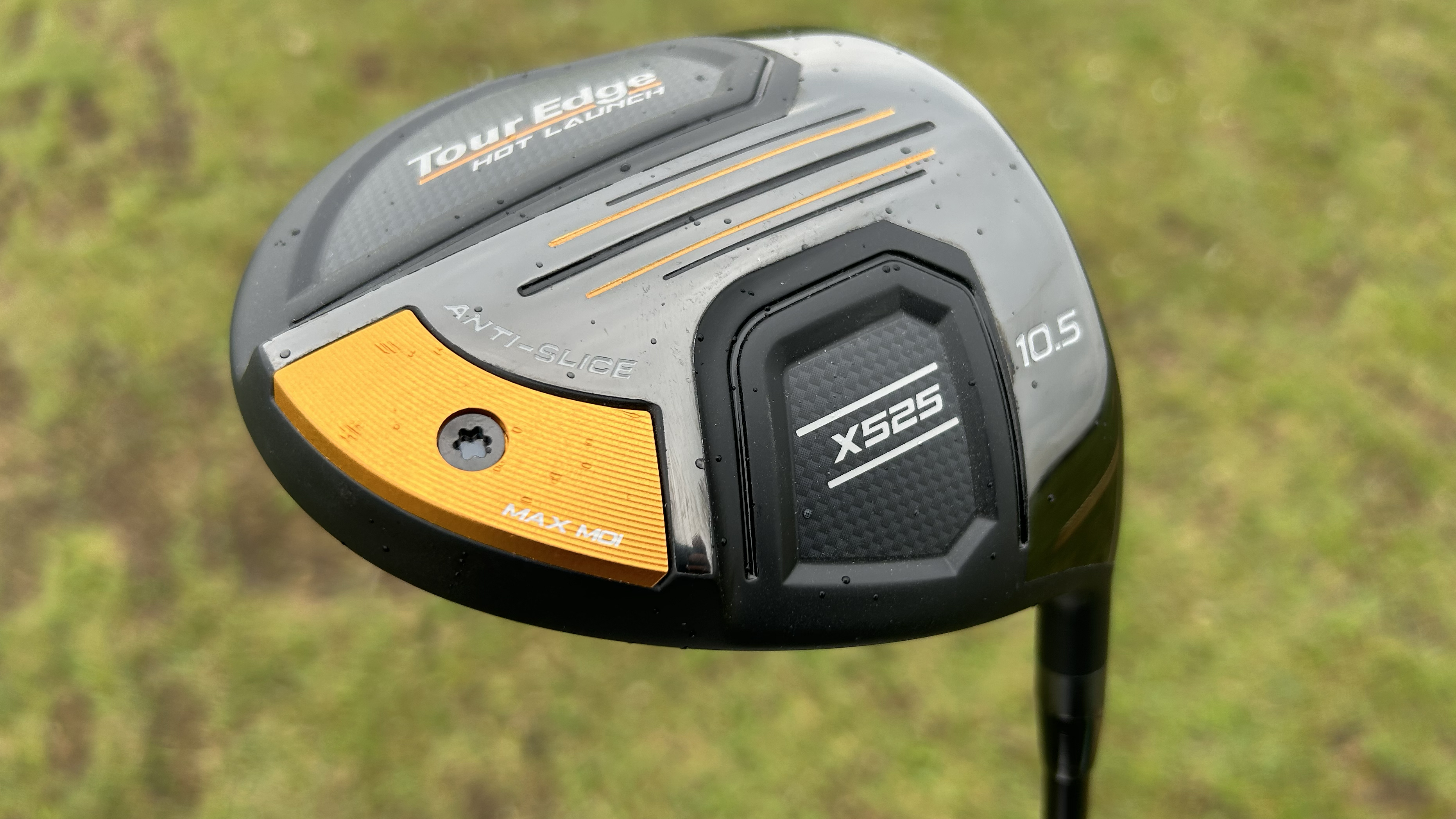
Specifications
Reasons to buy
Reasons to avoid
Tour Edge knows how to make affordable drivers that deliver plenty of performance. The X525 is its third entry in this guide and is our choice for golfers who suffer with a slice.
To stop this debilitating ball flight the back weighting has been moved to the heel side alongside an offset hosel, both helping to promote a draw bias center of gravity. This does give it a certain look that might not appeal to all, but for the intended audience it creates a ball flight that certainly will. In short, it’s easy to launch and helps to iron out that left-to-right ball.
Like all Tour Edge drivers there’s plenty of tech that belie its affordable price tag. The Diamond Face VFT is there to help with off-center strikes, while the Ridgeback design on the crown adds stability through impact - we also liked how it doubles up as an alignment aid.
- Read our full Tour Edge Hot Launch X525 Driver Review
Best simple model
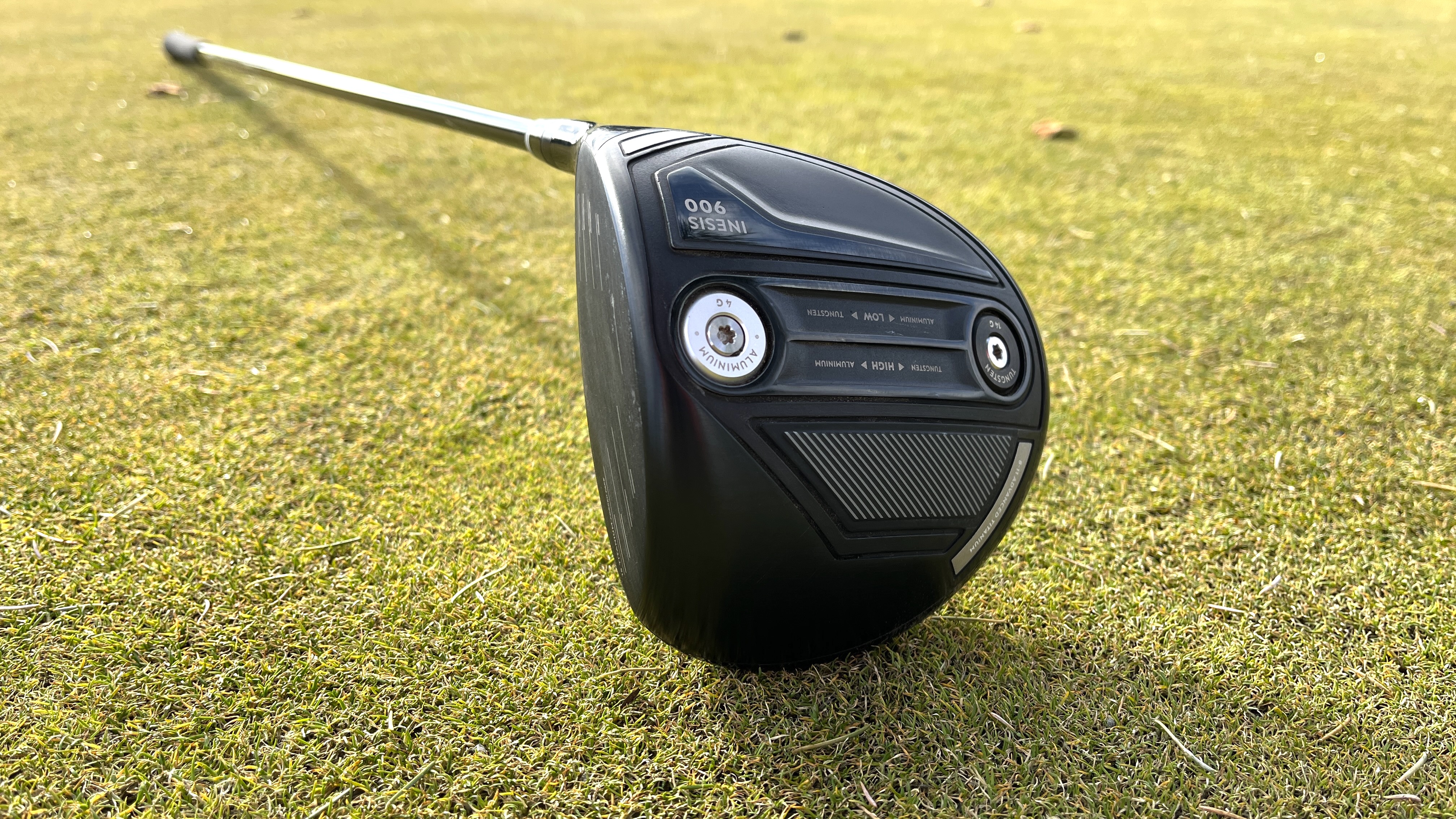
Specifications
Reasons to buy
Reasons to avoid
If you like clean and classic looks in a driver then the 900 model from Inesis should fit your eye. The gloss crown isn’t too dissimilar to that seen on Titleist’s range of GT drivers and matched with the dark face and arrow-style alignment aid it adds up to a pretty attractive package.
Of course what really matters is how it plays, and we’d suggest that it punches well above its weight, or should we say price tag. While our ball speeds weren’t as high as we’d see with more expensive drivers, both the launch and spin numbers added up to a strong ball flight, that while lacking a little carry did run out enough to give us plenty of overall distance. Similarly, the 900 impressed us with just how forgiving it was on those less-than-ideal strikes.
Perhaps our only real issue was the tinny, high-pitched sound at impact, which led to it feeling less powerful than others in this guide. But given its affordability and impressive performance it’s a trade-off that most mid to high-handicappers shopping in this category will be happy to make.
- Read our full Inesis 900 Driver Review
How We Test Drivers
As with any product tested here at Golf Monthly, we’ve put all these drivers through a thorough process to assess their performance and how they compare with the competition.
Our driver testing is headed up by Staff Writer Joe Ferguson, a PGA Professional who has worked in the golf industry for nearly 20 years. Joe is ably assisted by technical editor Joel Tadman, and both Joe and Joel have been testing golf clubs for many years making them ideally suited to reviewing clubs for all levels of golfer.

So what does the testing procedure look like? Typically we’ll hit the clubs in a controlled environment using a launch monitor to compile some comparative data. We’ll then take them to the course to evaluate how they perform in the real-world; to do this we play numerous rounds under different conditions, helping to make reviews you read are as comprehensive as possible.
How to choose a new driver
Choosing a driver can be overwhelming considering just how many models there are on offer. Even with a tighter budget, you’ll have plenty of options. With that in mind, we’ve listed a number of the key considerations that will help you make a more informed decision. Of course we’’d always recommended trying before you buy but here a few pointers to help you narrow down your choices:
Size - The larger the clubhead, the more forgiving it tends to be. When hitting, try and take note of where you are striking the golf ball with the face of the club and see if there are any performance drops. Many drivers these days are designed to perform regardless of where you strike them off the face and you being able to see and understand that in person will help you be more confident with one model over another.
The other thing to acknowledge when looking at the size is also the looks. It is important you get a driver that suits your eye especially when it is down behind the golf ball. If it is too big, that may put you off, but if it is too small this may dampen confidence.
Draw-biased? - If you are a slicer of the golf ball then a forgiving, draw-biased driver could be the way to go to eradicate the big slices. These types of drivers won't all of a sudden have you hitting roping draws down the fairway, but they'll do a lot to encourage a draw shape or at least a little but less slice.
Weight - Weight has become a big factor when it comes to drivers, with most brands making models that have a weight towards the back of the head to aid forgiveness and launch. When it comes to whether you want a forgiving driver, it is worth acknowledging whether this is important to you because if not then manufacturers usually make a model without a weight there.
Adjustability - Often, the weights in drivers are moveable and adjustability of drivers has become a huge part of modern golf. Being able to tinker and change loft, lie, and many other factors, has become all the rage and if you like to try new things then a model with adjustability is worth considering. Also look for models with adjustable hosels.
Shaft - Some shafts have been designed to help players get as much distance as possible so it is worth thinking about which models will help you achieve those extra yards. Also check out our guide on the best driver shafts too. A club fitting can really help with your shaft choice.
FAQs
What is a good cheap driver?
A good cheap driver should cost you no more than $300. For this price you can still get high quality performance and a high quality look and feel. All the drivers in our guide should cross each of those factors off.
How do the best budget drivers differ from premium models?
This is model dependent. Some budget drivers, such as the Tour Edge Exotics range feature a blend of materials, including carbon, that are typically associated with the big name players. Others though may use just a single material, such as titanium, to keep costs down. You might also find that budget models lack the adjustability of the expensive drivers, as well as having more limited loft and shaft options.
Subscribe to the Golf Monthly newsletter to stay up to date with all the latest tour news, equipment news, reviews, head-to-heads and buyer’s guides from our team of experienced experts.

Joe has worked in the golf industry for nearly 20 years in a variety of roles. After a successful amateur career being involved in England squads at every age group, Joe completed his PGA degree qualification in 2014 as one of the top ten graduates in his training year and subsequently went on to become Head PGA Professional at Ryder Cup venue The Celtic Manor Resort. Equipment has always been a huge passion of Joe’s, and during his time at Celtic Manor, he headed up the National Fitting Centres for both Titleist and Taylormade. He’s excited to bring his knowledge of hardware to Golf Monthly in the form of equipment reviews and buying advice.
Joe lives in North Devon and still plays sporadically on the PGA West region circuit. His best round in recent years came earlier in 2023 where he managed a 9 under par 63 at Trevose GC in a Devon & Cornwall PGA Tournament.
Joe's current What's In The Bag?
Driver: Switch between TaylorMade Qi35 and Callaway Elyte TD - both with Fujikura Ventus Black 6-X
Fairway wood 1: TaylorMade BRNR Copper Mini Driver - Fujikura Ventus Black 7-X
Fairway wood 2: Callaway Apex UW 17˚- Fujikura Ventus Black 9-X
Irons: TaylorMade P7CB 3-PW with Dynamic Gold Tour Issue X100 shafts
Wedges: Callaway Opus 50, 54, and 60 degrees - Project X LS 6.0 shafts
Putter: LAB Golf Oz.1 (zero shaft lean)
Ball: TaylorMade 2024 TP5x
Grips: Golf Pride Tour Velvet 60R
Bag: Vessel Player IV Pro DXR Stand
- Luke FriendFreelance Writer
- Sam TremlettSenior E-commerce Editor